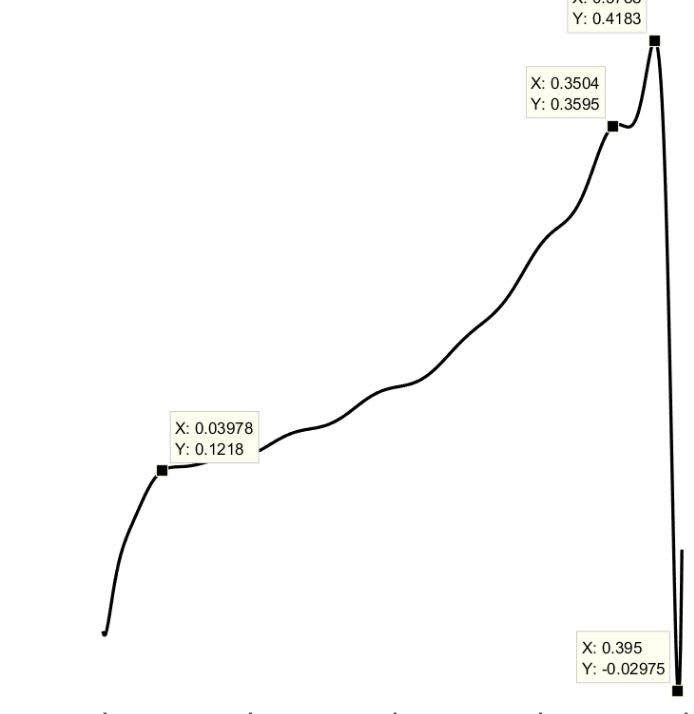mech_engineer
Mechanical
Hello everyone,
I am trying to model the damage evolution of a hair in Abaqus with element deletion option. I have the stress-strain data for the hair but not sure how to extract the required inputs necessary to model the damage or the fracture Below is a short explanation for how I did the modeling:
Material - mechanical - damage for ductile metals - shear damage. Then, a window opened asking to enter the material parameter (ks), fracture strain, shear stress ratio, and strain rate.
After that in order to model the damage evolution, I selected sub-option and it asked me for the displacement at failure.
I do not know how or from where I can get these values. I tried to read about the damage mechanics but could not get how to obtain these values. Are there any resources that can help or any examples or explanations?
Or ideas on how else to model the semi ductile failure of a hair by ductile fracture or shear fracture in Abaqus?
Thank you,
I am trying to model the damage evolution of a hair in Abaqus with element deletion option. I have the stress-strain data for the hair but not sure how to extract the required inputs necessary to model the damage or the fracture Below is a short explanation for how I did the modeling:
Material - mechanical - damage for ductile metals - shear damage. Then, a window opened asking to enter the material parameter (ks), fracture strain, shear stress ratio, and strain rate.
After that in order to model the damage evolution, I selected sub-option and it asked me for the displacement at failure.
I do not know how or from where I can get these values. I tried to read about the damage mechanics but could not get how to obtain these values. Are there any resources that can help or any examples or explanations?
Or ideas on how else to model the semi ductile failure of a hair by ductile fracture or shear fracture in Abaqus?
Thank you,

